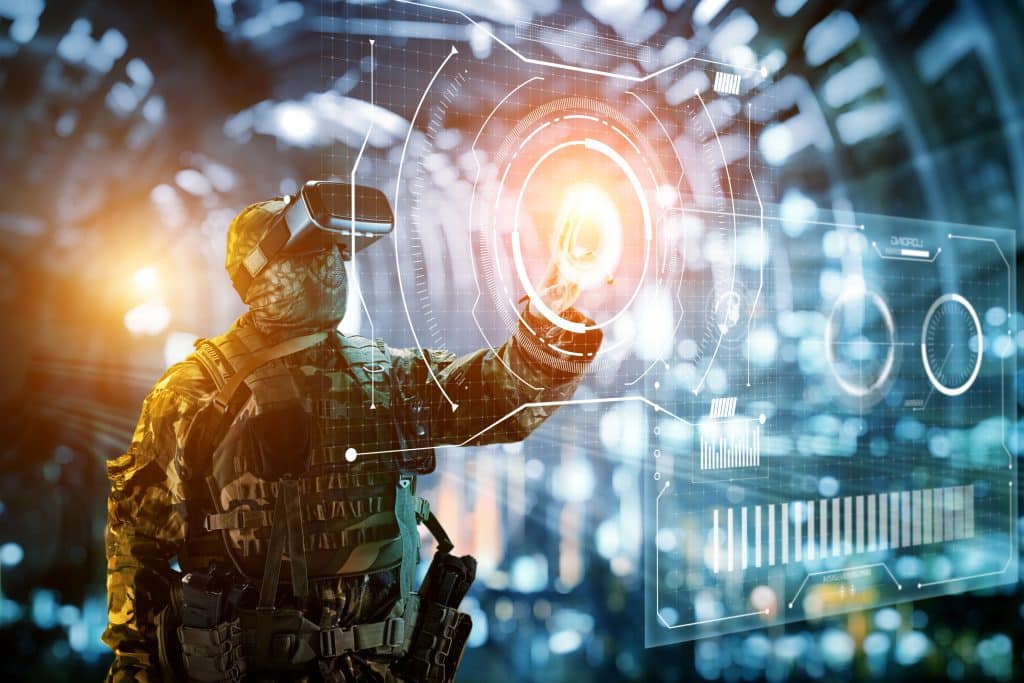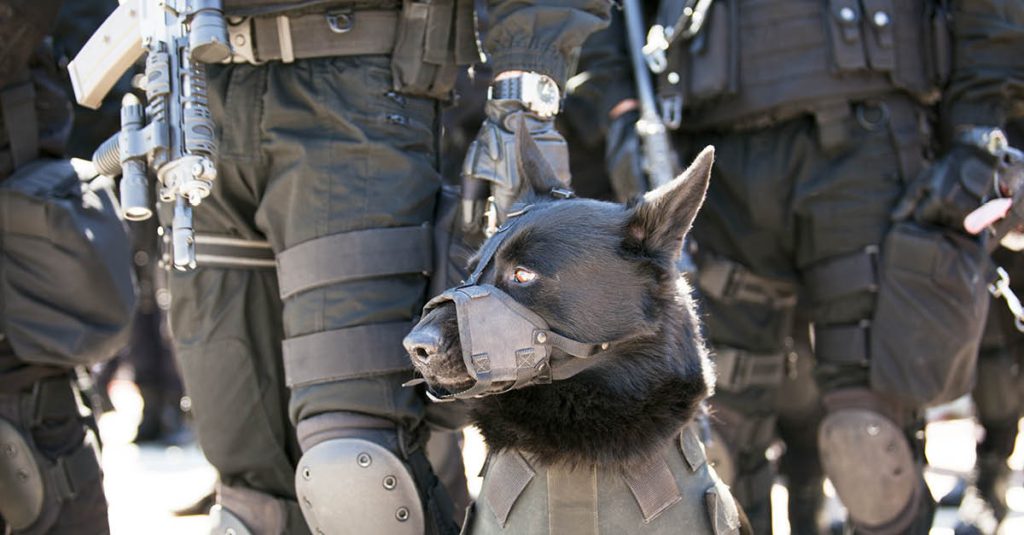In what ways will it change the battlefield of the future?
By establishing a military metaverse, military planners can simulate tactical and operational combat approaches guided by AI. In a digital environment, these plans would provide military planners with critical insights and valuable study materials by integrating experiential tools, techniques, and personalised data.
Training is one of the most critical components of battlefield effectiveness; a military metaverse could help soldiers perform at their best. Virtual and augmented reality have become commonplace in military training in recent years. The next step towards the future is the integration of AR and VR head-mounted displays, 3D simulations, and AI-powered technologies into virtual environments in military metaverses. Military personnel can train against their enemies in metaverse through virtual battles like multi-player video games. Training can be widely disseminated and synchronised, highlighting weather, terrain, and people’s mobility. The metaverse has great potential, partly because military training is expensive for states, and virtual reality can reduce costs.
Experiments have long been a valuable tool in periods of pronounced uncertainty. Soldiers and decision-makers can transcend their current realities through experimentation without combat. With the use of a military metaverse, wargames could simulate real conflicts and analyse the outcomes, helping to understand vulnerabilities and their required solutions.
Metaverses could also serve as alternate battlefields. The Chinese People’s Liberation Army is preparing to wage high-tech warfare in the Metaverse. The PLA envisions a future battlefield for advanced conflict in the metaverse. China defines cognitive warfare as blending of unmanned systems with artificial intelligence to produce new fighting capabilities. According to PLA Daily, the metaverse represents the “new heights of future cognitive warfare.” These include drone swarms, electronic warfare, hypersonic missiles, self-healing platforms, biomaterial-infused “invisibility” cloaks, and 3D-printed payloads and parts.
“The metaverse provides a parallel cognitive space that digitally twins real combat scenarios, allowing cognitive warfare to be advanced efficiently and enhanced at a fast pace.” The PLA report said, “One can affect an adversary’s thinking, cognition, and action decisions by attacking the adversary’s metaverse (and cognitive war generally)”.
The US Military also considers the metaverse to be a top priority. It is creating its own virtual world. The US Army announced in 2018 that it would spend up to $22 billion on the Integrated Visual Augmentation System (IVAS), a version of Microsoft’s HoloLens augmented reality system for the future soldier. In recent years, VR and AR have become routine aspects of military training. The metaverse is the next step. According to Doug Philippone, global defence leader at Palantir, “This is the future of military training, but it’s also the future of how the military fights and makes decisions”.
Elmer Francisco, CEO of VetCoin Foundation, told The Sun newspaper that the metaverse is the next evolutionary step in weaponry after drones.
“Before, people used swords to fight. Nowadays, people use guns and other weapons. Then countries used drones. It’s similar except now in the metaverse, soldiers are using computers to engage in cyber warfare,” Francisco said.
“Soldiers won’t just need to know how to do hand-to-hand combat, but also how to code. Soldiers must be able to manipulate the virtual domain…you would use to manipulate the real world with machines even though you’re not there physically”.






